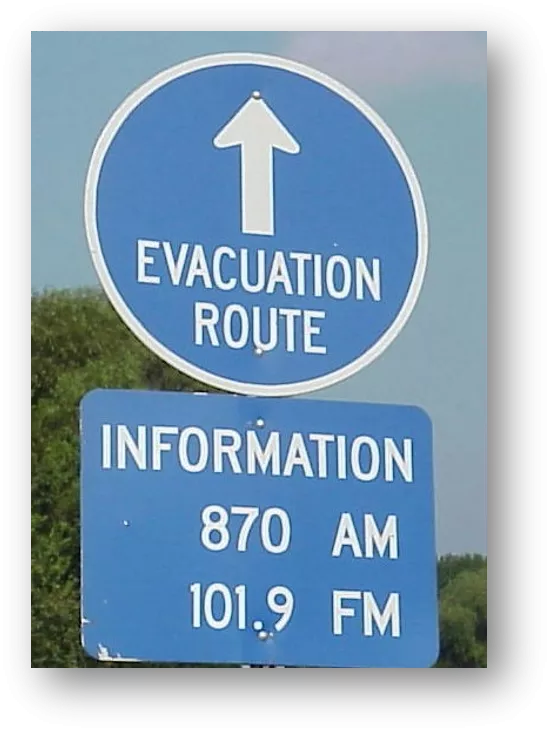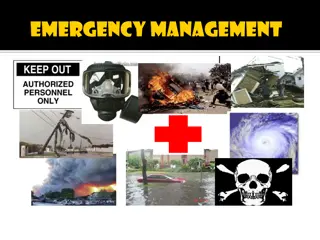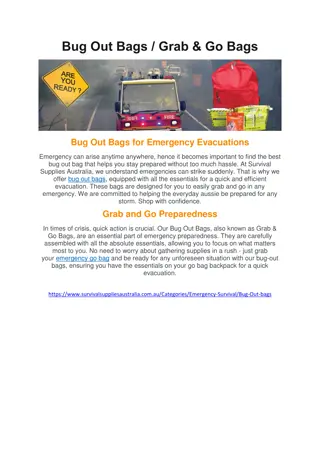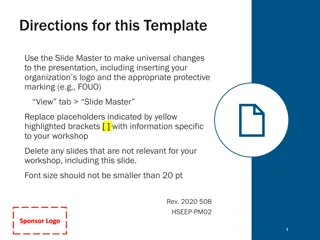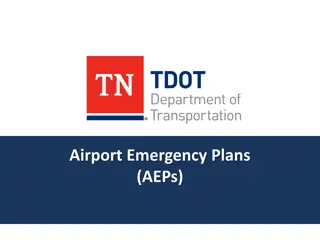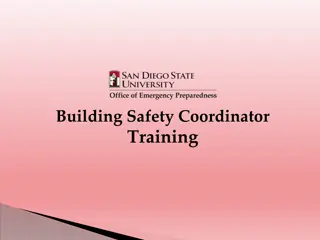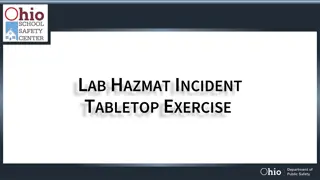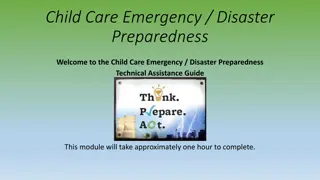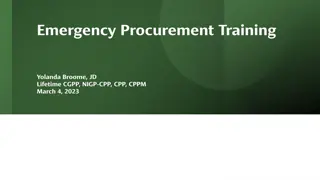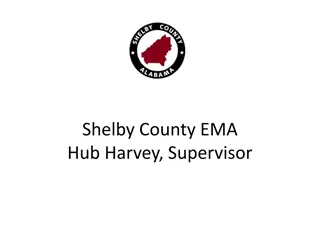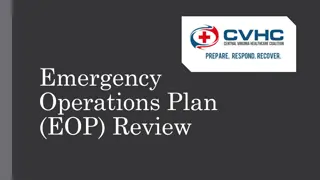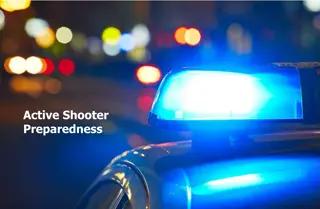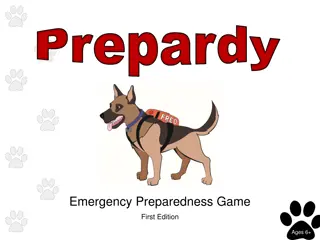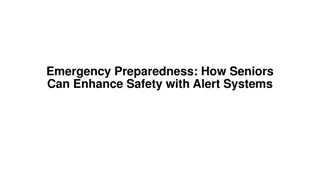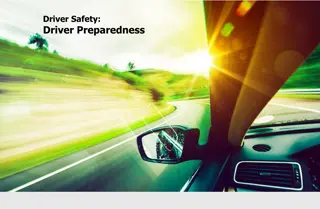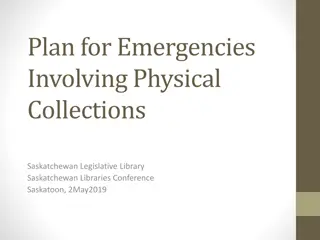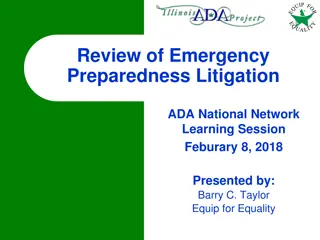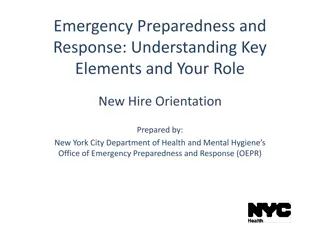Emergency Preparedness: Essential Supplies and Tips
Ensure you have emergency supplies ready, whether you're evacuating or staying home during a disaster. Create a go bag with essentials, such as personal items, medications, and snacks. Prepare emergency kits for pets, cars, workplaces, and schools. Keep cash handy for times when ATMs may be inaccessible. Plan ahead, stay informed, and be ready to act swiftly to protect yourself and your loved ones in unforeseen situations.
Download Presentation

Please find below an Image/Link to download the presentation.
The content on the website is provided AS IS for your information and personal use only. It may not be sold, licensed, or shared on other websites without obtaining consent from the author.If you encounter any issues during the download, it is possible that the publisher has removed the file from their server.
You are allowed to download the files provided on this website for personal or commercial use, subject to the condition that they are used lawfully. All files are the property of their respective owners.
The content on the website is provided AS IS for your information and personal use only. It may not be sold, licensed, or shared on other websites without obtaining consent from the author.
E N D
Presentation Transcript
Whether you are told to evacuate or to stay in your home in a disaster, emergency supplies are important Many items may be in short supply in a disaster: flashlights, batteries, bottled water, etc. Stores may be closed or not be able to be resupplied
1. Make a go bag in case you need to evacuate 2. Create an emergency supply kit for your pet, your car, your workplace or your school 3. Stash some cash in case ATMs and credit card machines aren t working
Portable Light enough to carry Important items Personal items Hard to replace items What can you not do without for 24 hours? For three days?
Go Bag Important Personal Hard to replace Prescriptions (or prescription list) Toothbrush and toothpaste Spare glasses or contact lenses Credit card list and insurance information Snacks Hearing aid batteries Flashlight Extra clothing Special items (diapers, baby formula, special dietary items, pet items, etc.) First aid kit Comfort items
First aid kit Flashlight or light sticks Flares or reflective cones Blanket Cell phone charger Jumper cables and basic tools Help flag Nonperishable snacks and bottled water
Plastic bowls (collapsible bowls store more easily) Pet food and treats Comfort items Litter box and bag of litter or waste bags Medications and copies of vet records Extra leash and collar Pet first aid supplies
Pets & Evacuation If you re pet isn t a regular traveler, practice how you would evacuate them Have a picture of your pet and ID information in case you are separated Most emergency shelters don t allow pets Know what hotels in your area take pets Make a plan for you and your pets to stay with friends or family if you have to leave your home Find out if your community has plans for pet emergency sheltering Microchip your pets!
First aid supplies Flashlights or light sticks Building emergency procedures Building maps showing evacuation and shelter areas Pens/pencils All Clear and Need Help signs Clipboard with class/staff names
Keep a list of credit card information in your go bag Include phone numbers where you can report the cards missing if necessary Put a book of blank checks in your go bag
In a disaster: Your employer may not be open for business You may not be able to get to work Your paycheck may be delayed You may have unexpected expenses (repairs, hotel bills, etc.)
Federal assistance is only available if a Presidential Disaster Declaration is issued Assistance payments average a few thousand dollars Low-interest loans are the most common form of federal disaster assistance Charitable organizations like the Red Cross and Salvation Army may also provide some assistance
Insurance is the best way to make sure you will have the money you need to repair or replace your belongings after a disaster Regular homeowners or renters insurance doesn t cover flood damage Basement flood rider covers back up from drains and sewers Flood insurance policy covers flooding from any other source
Make sure you have first aid kits and know how to perform basic first aid Know what to do while you are waiting for an ambulance to arrive
Presenters name Contact Information Contact Information Do 1 Thing http://www.do1thing.com Email: contact@do1thing.com

 undefined
undefined












